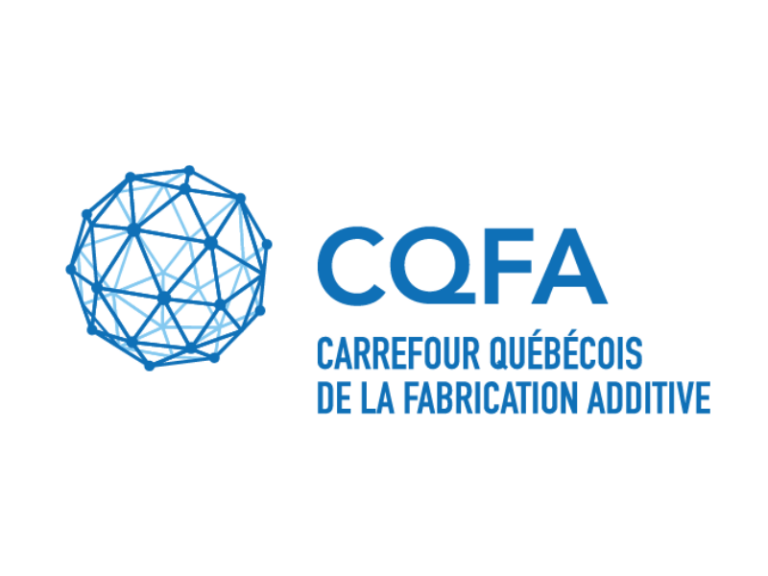
2023/02/14
Laser powder bed fusion of β-21S titanium alloy
Macias Sifuentes, M. (2022). Laser powder bed fusion of β-21S titanium alloy. Thesis.
Laser powder bed fusion (LPBF), one of the most studied processes among metal additive manufacturing (AM), has raised attention due to its high degree of manufacturing freedom, its ability to produce lightweight intricate components, and its energy-efficient, and time saving route. Today, research has focused only on a limited number of alloys such as Ti-6Al-4V, Inconel 625 and 718, and stainless steel 316L. New alloys produced by this technique need to be studied to be able to maximize the advantages of AM. Metastable β-titanium alloys are attractive for the aerospace industry due to their low density, high strength, excellent hardenability, and stability at high temperature. Among these alloys, β-21S is known to offer improved elevated temperature strength, creep resistance, thermal stability, and oxidation resistance. Furthermore, heat treatment can be applied to this alloy for tailoring the mechanical properties according to the desired application.The manufacturability of β-21S produced by LPBF, as well as the effect of heat treatment was investigated in the present thesis, to understand the relationship between the microstructure and the mechanical properties. The tensile performance of β-21S in the as-built state presented comparable behavior to the wrought in solution treatment condition. Solution treatment and aging (STA) of the alloy precipitated the α-phase, increasing the microhardness, and strength, while reducing the ductility. The heat treatment applied to LPBF β-21S had a similar effect compared to β-21S fabricated by non-AM techniques. The properties obtained demonstrated the potential of β-21S for LPBF applications.